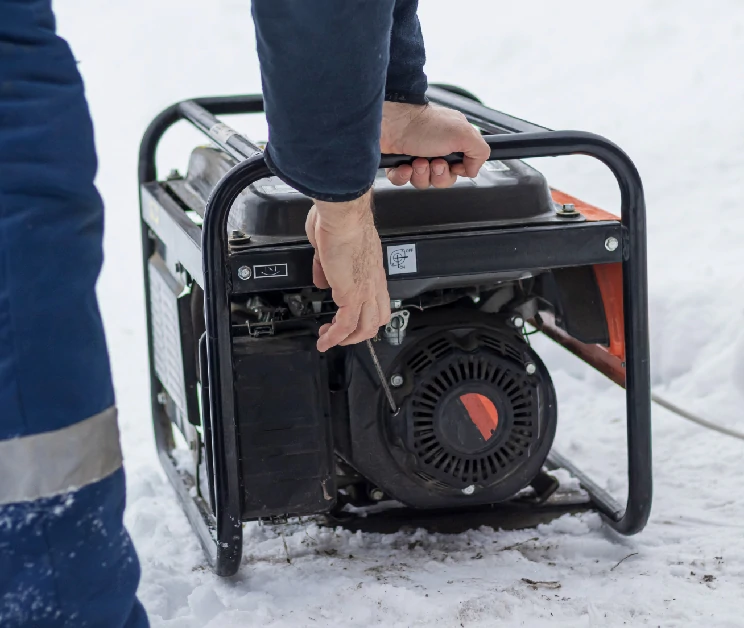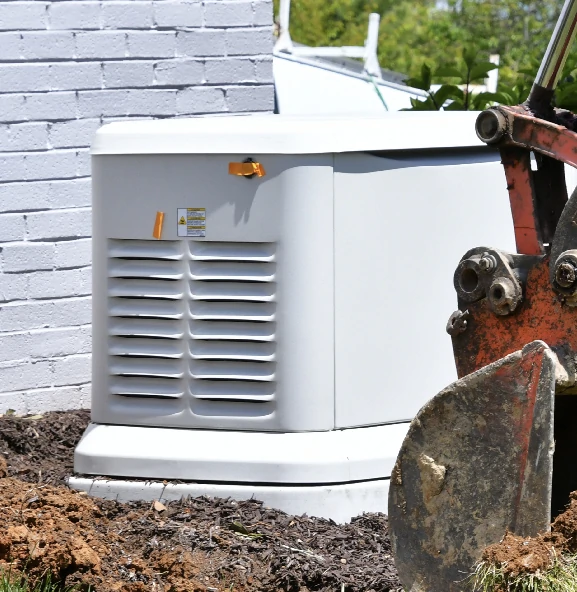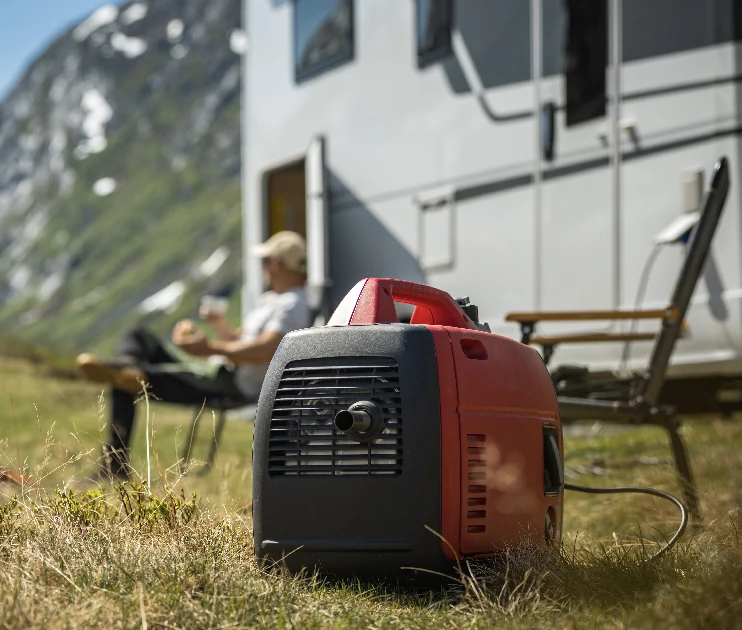Backup Generators
Backup Generators
Emergency or standby generators can supply electricity to your home or business in the event of a power outage. Operating a standby generator can be a lifesaver during a power outage, but only if it is properly installed and maintained. Understand the hazards and familiarize yourself with these important safety precautions before you buy or begin to use one.
It’s essential to understand that improper installation and use of standby generators may violate state or local electrical codes and can severely endanger those working to restore your power. During power outages, improperly connected generators may re-energize lines that otherwise should be off, creating “back feed.” Back feed occurs when electric power is introduced to the utility’s power lines from generators with improper connections and could potentially electrocute crew members attempting to make repairs.



Backup Generators
Always follow all manufacturer’s installation and safety instructions when hooking-up or using a backup generator.
Portable Generators
You can purchase a small, portable, battery or internal combustion (gas or diesel) generator and run extension cords directly to appliances such as lamps, refrigerator or electric space heater. Always run internal combustion generators outside where there is adequate ventilation; never inside the house.
Permanent Generators
Larger backup generators can be connected by licensed electricians to a building’s main wiring panel, then used during electric service outages to power essential medical devices, furnaces, air conditioners, or well pumps for those not connected to a municipal water supply. To hook up this kind of generator, you must hire a licensed electrician to install an open-transition transfer switch between the normal service and the generator, to make sure the generator cannot “back feed” into the neighborhood grid. The electrician will make sure the setup meets national, state and local electrical codes, is properly permitted and inspected, and is compatible with our power system and your needs.
Chugach is developing standards to allow electric vehicles to provide backup power in vehicle to home (V2H) configuration. If you are considering using an EV for backup power, please email ev@chugachelectric.com for more information.
What Size Generator Will Meet Your Needs?
Standby generators are available in a range of sizes to meet specific power requirements. It is important to choose one that is sized to handle the loads connected during operation. Overloading a generator can cause serious damage to equipment and possibly be unsafe. Your vendor, retailer, or electrician can help you determine what size generator is most suitable for your home or business and whether the equipment or
appliances you want connected to your generator can be operated safely.
Chugach requirements for standby generators and transfer switches can be found here: Standby Generator Excerpt
If you have questions or would like us to review/approve your generator or transfer switch equipment, please submit an Engineering Request using the Customer Generation option.


